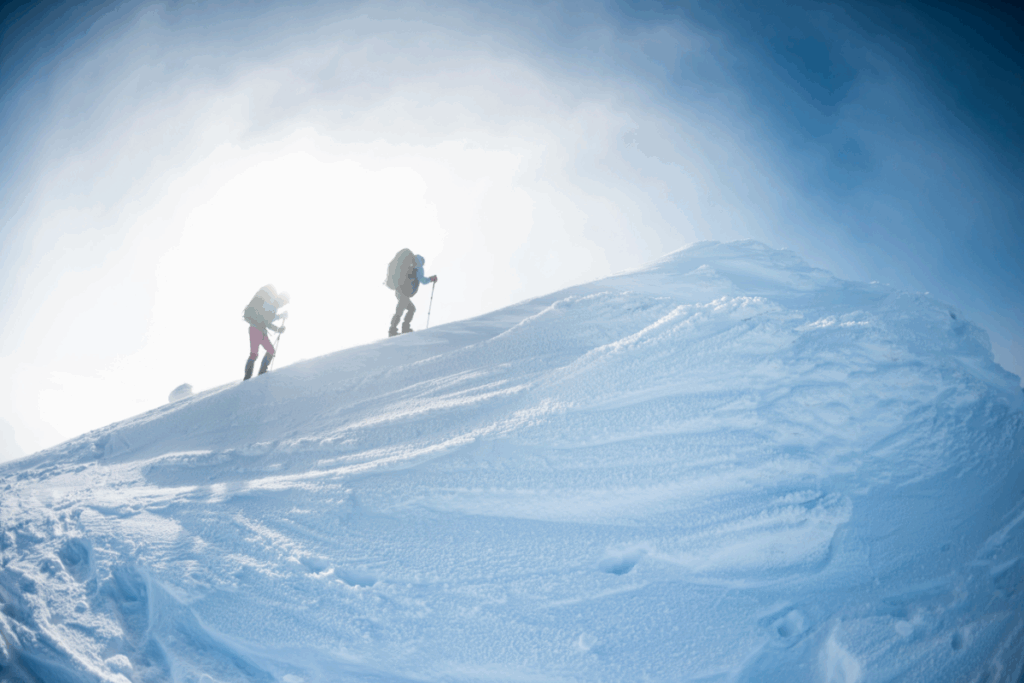Caught in the Storm Without a Plan
In the winter of 1997–98, 23-year-old Dawn O’Hair left Chicago for Indianapolis, hoping for a romantic weekend with her boyfriend. But after an argument, she decided to return home early Monday morning, unaware that she was driving straight into a blizzard along Interstate 65. Her 1995 Chevrolet Cavalier soon got stuck in whiteout conditions. O’Hair, unprepared for the storm, had no blankets, no winter kit, and no idea what to do next.
Her story is not uncommon. Every year, people are caught off guard by severe winter weather due to poor preparation or underestimating the dangers. Blizzards can strike unexpectedly, even outside the winter season, and surviving them requires more than just luck.
A blizzard is not just any snowstorm. According to the National Weather Service, it involves strong winds over 35 mph, visibility less than a quarter mile, and snow or blowing snow for at least three hours. These conditions can quickly lead to disorientation, frostbite, and hypothermia if you’re not ready.
Be Prepared Before You Travel
Experts agree: the best way to survive a blizzard is to avoid being caught in one. Start checking weather forecasts at least a week before a road trip and update them daily. Use NOAA’s nine winter forecast tools to monitor changing conditions, especially if your route includes mountainous or remote areas.
If you’re hiking or camping, don’t assume safety based on the season. Blizzards can occur in fall, spring, and even summer at high elevations. Always check the forecast and bring essential winter gear, even if temperatures seem mild at departure.
In the United States, blizzards are most frequent in the Great Plains and upper Midwest, but they can occur in almost any region, including southern states and parts of Europe and Asia. That geographical unpredictability reinforces the importance of readiness.
What to Do If You’re Stranded
If you get caught in a blizzard while driving, experts recommend pulling over to a safe location like a gas station or hotel if possible. Do not continue on closed roads. If you’re stuck, stay with your vehicle. Run the engine for heat in 10-minute intervals each hour, crack a window for ventilation, and ensure the exhaust pipe is clear of snow.
Keep a winter safety kit in your car that includes: survival blankets, road salt, a shovel, an ice scraper, jumper cables, water, a flashlight, road flares, a phone charger, and a tire repair kit. Also, check tire pressure, oil, and wiper fluid before setting out.
If you’re outside and can’t find shelter, build a snow cave or windbreak, and try to stay dry. Movement can help maintain circulation, but avoid sweating, which can increase your risk of hypothermia. If out of water, melt snow before drinking it—eating snow lowers your body temperature.
Outdoor Safety and Worst-Case Scenarios
For outdoor activities like skiing or hiking, carry the right gear: proper footwear, warm clothing, navigation tools, a whistle, a headlamp, food, water, and a transceiver in case of avalanches. Never go alone, and make sure someone knows your plans.
At ski resorts, don’t let the cost of a lift ticket override your judgment. Severe weather can set in quickly. Always have a fully charged phone, a whistle, and a space blanket with you on the slopes.
Beth Pratt of the National Wildlife Federation recalls nearly dying in a June blizzard on Mount Washington in 1990. She and two friends survived by following nearby train tracks through whiteout conditions. “Stay warm and stay still,” she advises. Building shelter and conserving energy can mean the difference between life and death.
The Importance of Forecasts and a Calm Mind
Dawn O’Hair’s story ended well thanks to calm decision-making and help from strangers. A local woman found her and connected her with a police officer who got her to safety. She later reached her cousin and made it home via snowmobile, taking several days to complete a normally short trip.
Years later, O’Hair—now married to that same boyfriend—reflected on the experience: “I would have paid more attention to the weather forecast and planned ahead better!”
Her lesson is clear: preparation, awareness, and calm thinking are your best tools when the storm comes.


